Jim Biddulph & Katie Treggiden In Conversation
Having recently gained a distinction for her Master’s Degree in the History of Design from the University of Oxford, craft and design writer, Katie Treggiden, decided to write a book. Then again, it wasn’t her first.
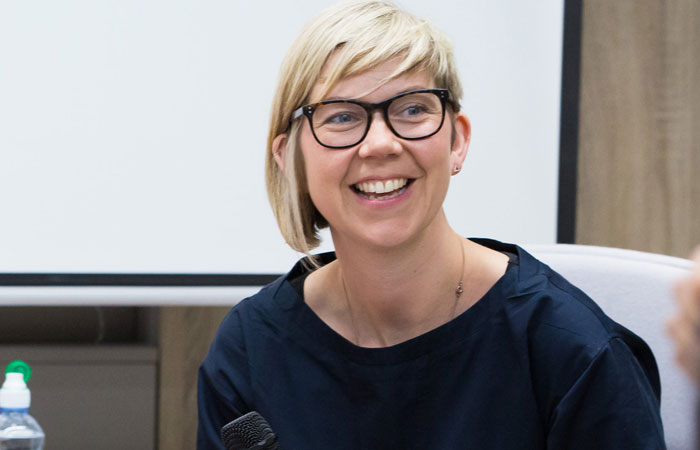
Katie’s thirst for design insight and knowledge is legendary. She first came to the attention of many with her award-winning Confessions of a Design Geek blog and print magazine Fiera. Building upon a previous 12-year career inmarketing and advertising, working with clients such as Bethan Gray, Giles Miller and Universal she now contributes to publications such as The Guardian, Crafts Magazine, Elle Decoration and Monocle24 whilst pursuing her own independent projects.
The latest of which, Wasted: When Trash Becomes Treasure, was released at the beginning of October and as the title suggests, tackles an issue close to our hearts here at Design Insider Live; waste. I caught up with her to talk about the book and how she came to write it.
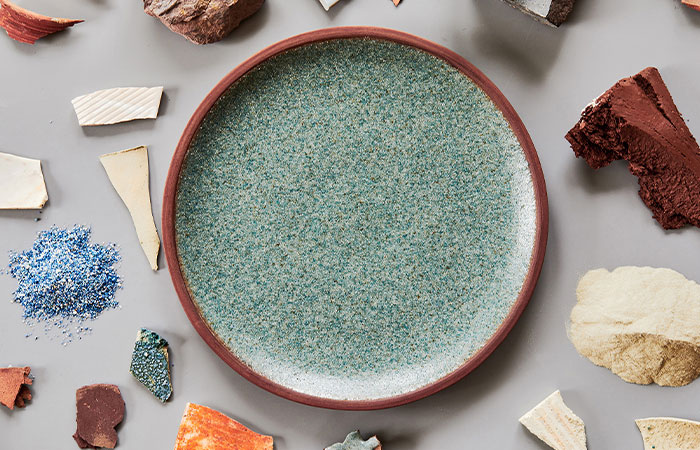
JB: Can you give us a brief overview of what the book is about please?
KT: Sure. Wasted: When Trash Becomes Treasure it a book about waste — about the coffee grounds your barista throws away every time she makes your morning latte; about the plastic swept off the floor of the recycling centre to which you dutifully send your empties; about the denim offcuts that didn’t even make it into your jeans. It explores five waste streams – domestic, industrial, food, fashion and plastic – and then profiles 30 designers, makers and manufacturers using these waste streams as a raw material for valuable, meaningful and long-lasting products.
JB: You’ve written five books, usually focusing upon a specific craft process such as Urban Potters: Makers in the City (2017) and Weaving:
Contemporary Makers on the Loom (2018), both published by Ludion. So why this book, and why now?
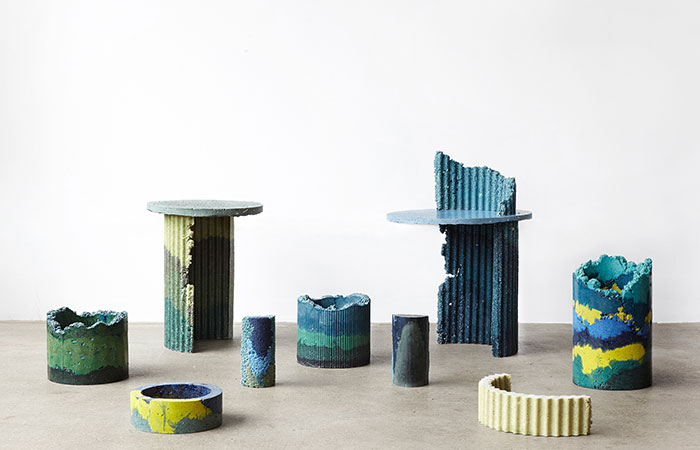
KT: I have been writing about purpose-driven craft for almost more than decade. In 2017, I embarked on a two-year Master’s at the University of Oxford to explore whether craft could, as I hoped, change the world. The answer came back in the form of the role that craft and making have to play within the circular economy – the shift to which is crucial if we are to live within our planetary boundaries and ensure that future generations can too. Craft, design and creativity have an incredible power to bring about positive social change, and perhaps nowhere more so than when it comes to the existential threat to the environment currently facing the world’s population. Wasted: When Trash Becomes Treasure not only captures the scale and the horror of the problem but suggests a way forward. There is hope in the solutions proposed by a new generation of optimistic designers and makers.
JB: It’s notable that many, if not all, of the makers detailed in the book could be described as ‘independent’ rather than large-scale manufacturers. Was it a conscious decision to focus the lens in this way, or was this in fact born out of necessity?
KT: The focus of the book is on the designer-makers involved because it’s a book about design and making, but in many cases they are part of a collaborative effort that also involves the waste streams of bigger businesses, scientists and engineers with whom they are refining their processes and manufacturers with whom they are scaling up production. Larger companies and manufacturers involved in the projects in the book include: Kasthall, Kvadrat, HOUE, Adidas, Coco-cola, a German recycling company called I:CO and a British one called Veolia. In the book’s essays, I also mention companies like Proctor and Gamble, which runs 45 of its facilities on a zero-waste basis, and General Motors, which recycles 90% of its pre-consumer waste. There are of course craft-based projects included too, because I was keen to involve projects that represent every step along the journey, but I think the key take-out is that collaboration is critical if we are going to get everybody on board and bring about genuine change.
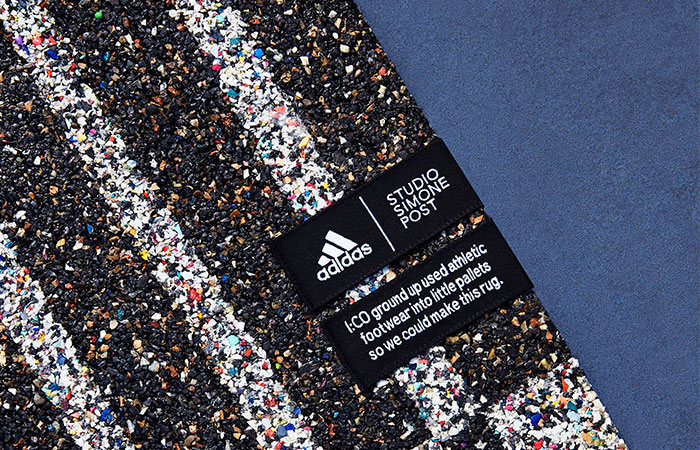
JB: What are the challenges faced when trying to convince big manufacturers to embrace the circular economy?
KT: I think the challenges are often perceived, rather than actual. One is PR. Companies worry that working with designers to make use of their waste will only draw attention to the scale of their waste streams – but a more proactive and positive approach, both for the environment and the company’s reputation, is to address waste and seek positive solutions. Another is the perception that it costs more to find responsible uses for waste as a raw material, than simply to dump it. But, as I mention in the industrial waste chapter of the book, a group of 11 Danish companies save $27 million a year by using each other’s waste and General Motors generates $1 billion in revenue by recycling and reusing its by-products. One third of the world’s CEO’s are currently developing circular economy models – and it won’t be long before the others follow suit.
JB: Does the book and the designers within it represent a zeitgeist that the bigger brands will be forced to follow?
KT: I hope so. The linear take-make-waste model of production cannot last forever on a finite planet. We are running out of things to take. The gold, lead and antimony (used in batteries) we put into every one of the 1.56 billion smart phones we make every year are all set to run out in the next decade. Instead of exploratory mining expeditions to look for more of these rare-earth metals, we need to start looking for them where we know they are – in landfill. There is now more copper in the ash left over after we incinerate waste than there is in traditionally mined copper ore. A circular economy is not only the right thing to do for the environment, it’s increasingly the only option available to us.
JB: The introductions to each specific waste section, be that plastic, fashion or food, are a lovely mix of entertaining and informative, even educational, narratives. That’s something we might generally hope of a writer but do think narrative plays a key role in successful design and craft? (particularly when it comes to waste?)
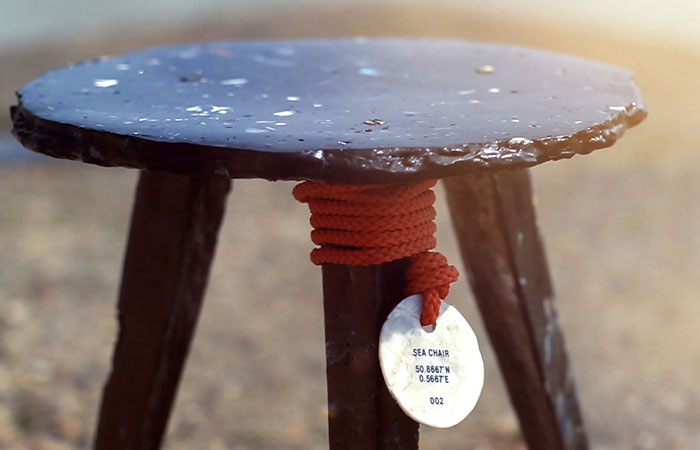
KT: Thank you! Yes, absolutely – and there are a couple of really strong examples of that in the book. Yinka Ilori’s If Chairs Could Talk collection comprises five chairs that each tell the story of someone he grew up with, in an attempt to break down the prejudices he and his friends experienced as young Black men growing up in London. Studio Nito’s Rememberme chair is made from textiles waste, and captures clothing in a binding agent, not only to preserve the memories held in each garment, but also to advocate for the value of discarded or unused materials. Historian and author of Waste and Want, Susan Strasser, said that ‘trash is created by sorting, ‘ so waste is a category, not a fact. By creating new narratives for what was previously seen as worthless, we can recategorise waste as a valuable raw material and create a more circular economy from the legacy of the take-make-waste model.
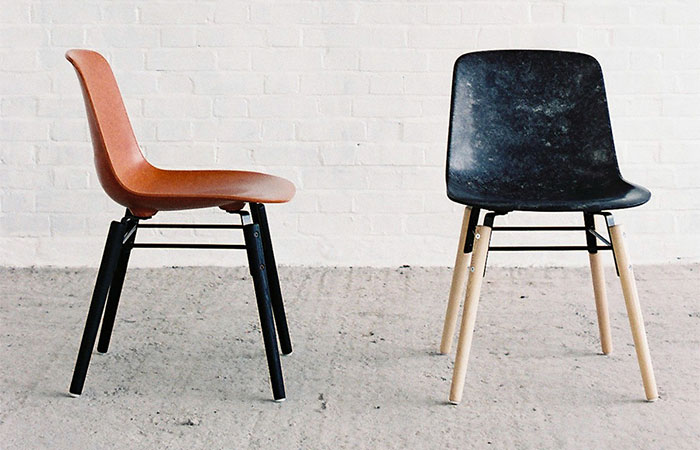
JB: As well as the release of the book, you’ve also started a podcast. What can listeners expect of that?
KT: I have indeed. Circular with Katie Treggiden is a podcast exploring the intersection of craft, design and sustainability. I am talking to the thinkers, doers, and makers of the circular economy. These are the people who are challenging the linear take-make-waste model of production and consumption – and working towards something better. In the first series, we’re talking about waste, and guests include ethical journalist Lucy Siegle, CEO of Surfers Against Sewage Hugo Tagholm and furniture designer Yinka Ilori.




